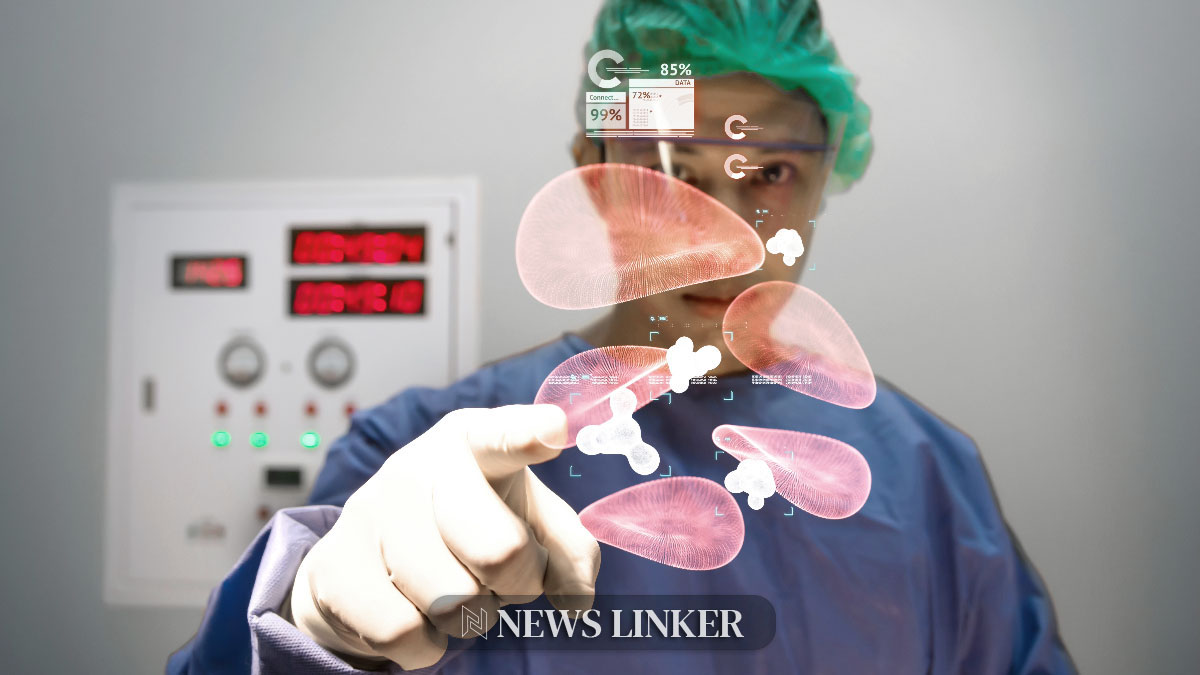The acceleration of scientific discovery and engineering innovation is being propelled by the integration of artificial intelligence into traditional experiments. Neural operators, a cutting-edge AI technology, are pioneering this transformation by addressing the computational inefficiencies inherent in numerical simulations. These operators demonstrate a unique ability to manage complex systems, offering a promising alternative where conventional methods are limited by computational demands and data detail requirements.
Historically, scientific advances have relied on numerical simulations to solve complex equations, often leading to time-consuming and resource-intensive computations. Neural operators present a paradigm shift, enabling scientists to address problems in fluid dynamics, climate modeling, and other data-intensive fields. Machine learning has previously been applied to dynamic systems, with varying degrees of success. Techniques like convolutional neural networks and transformers have excelled in discrete data processing but have struggled with continuous scientific data. This is where neural operators, like Fourier neural operators (FNO), Graph Neural Operators (GNO), and Physics-Informed Neural Operators (PINO), come into play, offering the ability to capture global dependencies and comply with physical laws.
What Sets Neural Operators Apart?
Innovations in neural operators by NVIDIA and Caltech researchers are propelling forward the capability to analyze and predict complex systems. These neural operators, particularly FNO and PINO, stand out because of their function continuity across domains, meaning they can generate predictions that go beyond discretized training data. By incorporating specific domain constraints and utilizing a differentiable framework, neural operators enable direct optimization of inverse problem design parameters, showing remarkable versatility across various applications.
How Are Neural Operators Implemented?
The methodology revolves around the use of neural operators like FNO and PINO, which work on continuously defined functions. FNO operates in the Fourier domain, enabling efficient global computation, while PINO introduces physics-informed loss functions to maintain adherence to physical laws. These operators are trained and validated on datasets such as the ERA-5 reanalysis dataset, allowing for accurate weather predictions and demonstrating the model’s ability to generalize beyond the initial training set.
A scientific paper published in the journal “Nature Reviews Physics” titled “Accelerating simulations and design with neural operators” correlates directly with the advancements made by NVIDIA and Caltech. The paper explores the capabilities of neural operators for faster and more accurate scientific computations, highlighting the potential for transforming simulations and design processes across various scientific domains.
What Improvements Have Been Achieved?
The application of neural operators to scientific simulations has already yielded impressive quantitative improvements. In weather forecasting, FNO has achieved a staggering 45,000x increase in speed, while in computational fluid dynamics, simulation speeds have improved by 26,000x. PINO’s zero-shot super-resolution capabilities enable it to predict finer details at higher frequencies, beyond the training data’s range, with test errors as low as 0.01. These achievements underscore the potential of neural operators to significantly enhance both the efficiency and accuracy of simulations.
Neural operators are revolutionizing scientific simulations by offering significant speedups and improvements in accuracy compared to traditional methods. The incorporation of techniques like FNO and PINO into research has led to breakthroughs in handling continuous domain functions and achieving significant computational efficiencies in areas such as weather forecasting and fluid dynamics. These advancements are opening new avenues in scientific exploration and practical applications across engineering and environmental disciplines, underscoring the importance of integrating AI into the scientific process.
In conclusion, the research on neural operators signifies a considerable leap forward in the realm of scientific simulations. By melding neural operators like FNO and PINO with current methodologies, researchers can now tackle continuous domain functions with unprecedented computational proficiency, thereby unleashing a new era of innovation in weather forecasting, fluid dynamics, and beyond. For scientists and engineers, these advancements herald a future where the boundaries of exploration are vastly expanded, and the pace of discovery is accelerated.










